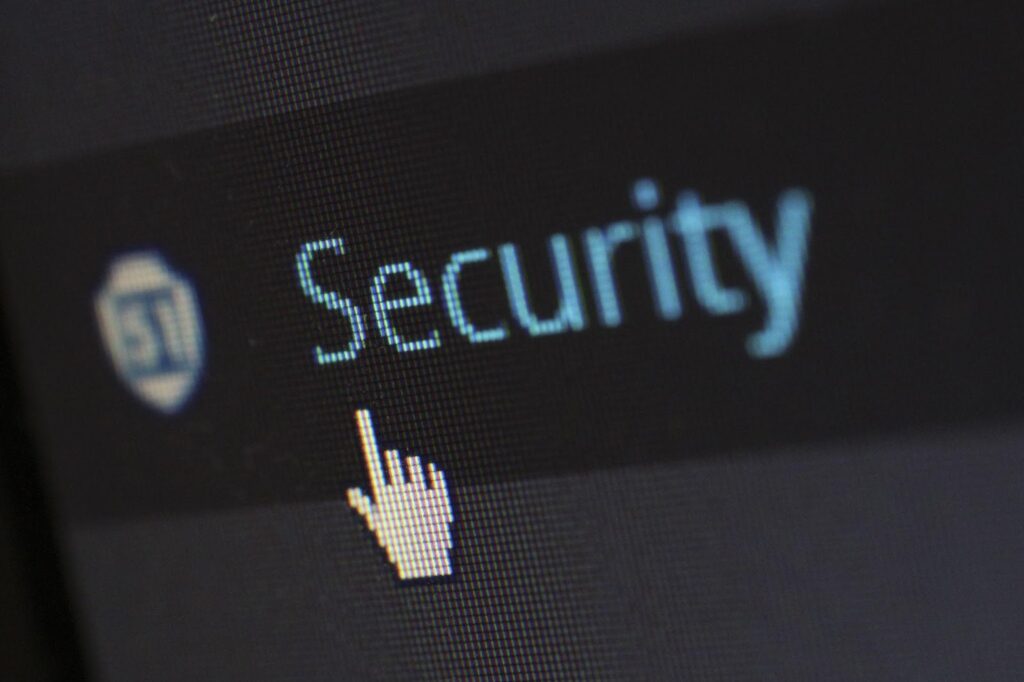Top Tips for Keeping Your Website Data Breach Free

Data breaches can cost businesses thousands and, in some cases, may even result in legal action. In this article, we’ll share tips for keeping your website data breach free.
A data breach can be catastrophic for a business or an individual and can lead to a loss of reputation, a loss of revenue, and even legal action depending on the extent of the issues.
In this article, we’ll explain what a data breach is, including when a company gets a GDPR data breach notification, and how to keep your website data breach free.
What is a Data Breach?
In 2016, the European Union adopted the GDPR (General Data Protection Regulation which was introduced to better regulate the collation, handling, storage, and sharing of personal data.
A data breach occurs when the integrity of the data held is compromised and, therefore, falls into the wrong hands or is at risk of doing so. Breaches can occur accidentally or through deliberate cyber-attacks and can mean that private information, including financial and medical details, may be distributed without consent.
In the case of a data breach due to cybercrime, the data holding company may be ‘held to ransom by attackers who will threaten to release the data unless a financial payment is made.
Since the introduction of GDPR, data controllers are required, by law, to report any data breach to the supervisory authority within 72 hours or face severe penalties - this is known as a GDPR notification.
Protecting Your Website from Data Breaches

Anybody who collates and stores data has a responsibility to keep it safe and, in this section, we’ll run through ways in which you can do just that:
Use of High-Quality Firewalls
First and foremost, you need to make sure that you have a high-quality and comprehensive firewall in place to protect the data that you’re holding. This should be standard for any company and is the first defense against cybercrime.
Multiple Authentications
Many businesses make the mistake of still only requiring employees to use a simple password in order to access systems. This is inadequate when all employees are using company equipment and working from the same office - but is so much more dangerous when employees are working remotely some of the time.
To protect data, it’s vital that you introduce two-step authentication - i.e. a password and a code sent by text or, a password plus a fingerprint, in order to prevent data breaches.
Secure Sockets Layer
SSL (Secure Sockets Layer) adds another layer of protection to your website. This essentially encrypts data and information when it’s in transit, preventing unauthorized people from accessing and reading it.
Regular Security Audits
Get into the habit of having regular security audits performed on your system to make sure that all is well. By doing this regularly, you have a much better chance of catching any problems early.
Install Malware on Devices

In 2022, we all use more devices than ever before and that includes employees. Plugging different devices into computers and laptops can significantly increase the risk of data breaches.
Therefore, it’s a good idea to install malware that will scan each device before allowing use.
Education and GDPR Training
Web security should be the responsibility of each and every employee and, as such, investing in proper education and training is vital in giving employees ownership of data protection and keeping your systems safe.
Updating Software and Plugins
Many people are guilty of installing software and plugins and then forgetting about them. In reality, these need to be updated regularly in order to be effective and secure. Hackers and bots are able to make light work of breaching outdated software, so this is a really good habit to get into.
Use Separate Devices for Work and Personal Matters
We spend a huge amount of time online both at work and in our spare time, and problems can occur when employees are using the same device for both.
While there may not be any significant issues with employees downloading movies and other content on their own devices in their own time, these can introduce viruses and other nasties into work devices which can quickly compromise the data held.
Banning Social Media on Work Devices
It’s incredibly common for employees to log onto their Facebook or Instagram page during their lunch break or downtime but, as with downloads, this can be bad news for work systems.
While it may seem a bit ‘big brother’ to ban access to social media on work computers, it’s a good idea to put security settings in place to limit the risk of data breaches.
Backup your backup
Information and data should be backed up on a very regular basis as we all know, however, this isn’t always enough. Adding an extra backup layer is a great way of making sure that, should a breach occur, your IT personnel will be able to identify where and when the issue happened and get to work on minimizing the damage.
Don’t cut corners when it comes to cyber security…
When thinking about your website security, think of your website address as an actual physical address and the web host as the property’s plot. Then think about the lengths that you would go to, to protect that property and everything inside it.
This is exactly what you need to be doing to keep your website and the data stored within it secure. By following the tips in this article, it is possible to keep yours and your customers’ data locked up tight and avoid reputational loss and possible legal action.
Photo by Markus Spiske
